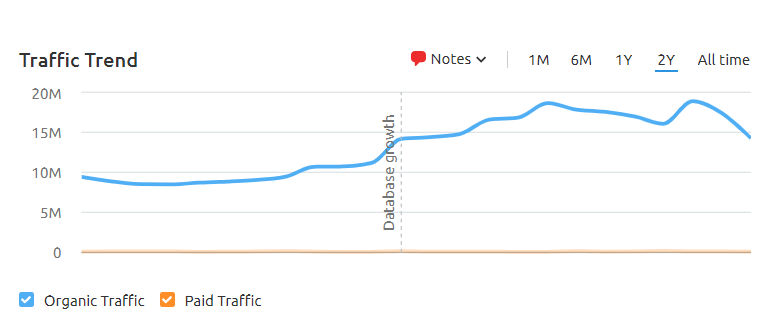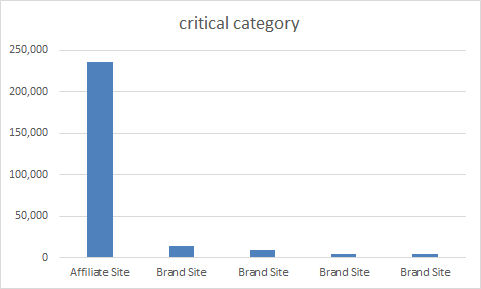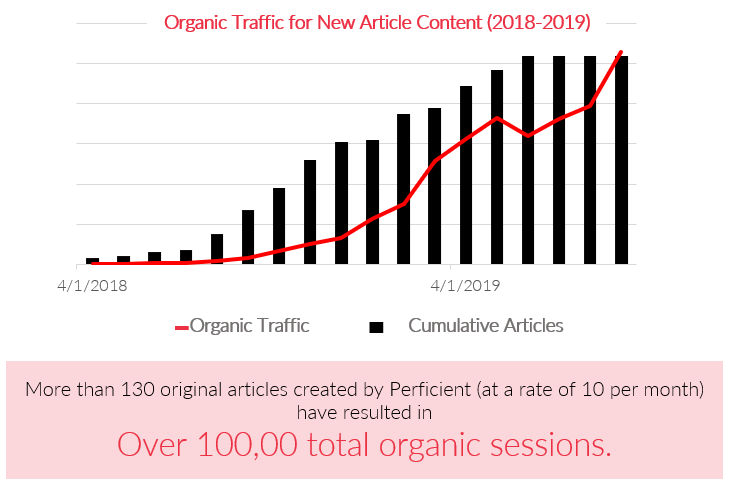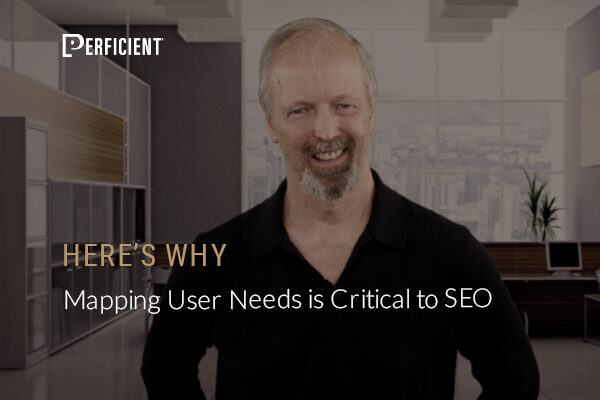Google has been constantly making algorithm updates in the past couple years. Why? Has their focus shifted?
In this episode of the award-winning Here’s Why digital marketing video series, Eric Enge goes through different Google algorithm updates since March of 2018 and explains why Google made these updates.
Don’t miss a single episode of Here’s Why. Click the subscribe button below to be notified via email each time a new video is published.
Resources
Transcripts
Today I want to talk to you about the focus of Google’s updates. It’s like an oldie but goodie topic, but we all still love it, don’t we? And what I’m talking about here really goes back to the updates that began in March of 2018 when they began to have a different kind of feel to them—those things that they call their core algorithm updates, and where Danny Sullivan and John Mueller told us that if your traffic had been hit there really isn’t very much you can do about it but create great content.
From the very beginning of these updates, all the way back to the first one, we saw Google focusing on better understanding user intent. What do they mean by that search query that they type in? And then better matching the web pages and websites that they serve with search results to that intent, and try to improve the way those things matched up. And of course, Google has been doing this all along, so this idea of improving understanding user intent and better matching up with content is not new at all. But there was a point in time where the capability changed, and I believe that’s very much driven by machine learning.
Even with change capability, it’s an extraordinarily difficult problem. I mean, think about it for a moment—a two to four-word search query is not a lot of information to go on. Yet Google needs to give you the right answers anyway; they’ve got to figure it out. And, of course, no one has more data on what users mean than Google. So, it can measure that by tracking user actions throughout the search. What do they choose to click on? What search refinements did they make? Does their behavior in interacting with the search results indicate some level of satisfaction? And I’m not talking about bounce rate here, by the way; that’s a little bit simplistic because in some queries, a high bounce rate is a positive signal, so they have to really tease all that out.
On the other side of the coin, Google is clearly rewarding, in a big way, sites that have a great deal of depth and breadth for their content. Consider the very well-known example of NerdWallet, which is an amazingly successful site. It’s basically just an article information site, but they went extraordinarily deep. Here’s a chart showing their traffic over time.

And to give a different example, here is an affiliate website in another market. I can’t actually name the site, but it shows how they compare against large brand-name competitors, and they’re doing extremely well. So, it’s interesting to see.

Now this behavior is not restricted to pure affiliates either. Here’s the view for a major brand publishing ten articles per month, which is a pretty decent volume of content, but it’s not huge.

You see what their traffic results have been like as a result of that level of publishing.
What this illustrates to us is how Google’s updates have continually upped the dial toward picking sites with broader and deeper content. You can be an affiliate, small business, major brand—it doesn’t matter. You should get on this wagon train sooner rather than later. And what is behind it all, though? Let’s take a second so we can understand the motivation. Well, it’s Google’s keen understanding that user needs are really complex even when the original query may look like a very simple and straightforward thing. Satisfying a large percentage of the users going to your site must involve thoroughly mapping the entire user needs set. This is actually pretty complex, and it typically involves extensive research. Talking to customers, product managers, product marketing managers, service people, salespeople, seeing what ranks high in Google on queries, and more. But the bottom line here is to treat the process of completely understanding the wide array of user needs related to your products and services as a journey. It’s going to take time, and prepare to go five to ten times more deeply than you ever thought was possible before.
Don’t miss a single episode of Here’s Why. Click the subscribe button below to be notified via email each time a new video is published.
See all of our Here’s Why Videos | Subscribe to our YouTube Channel

